Sales enablement is quickly gaining traction across organizations. High-growth companies are finding that in order to grow the business and hit revenue targets, sales teams need more support.
According to HubSpot, Sales Enablement is the iterative process of providing your business’s sales teams with the resources they need to close more deals. Resources include content, tools, knowledge and the information needed to effectively sell and close more deals.
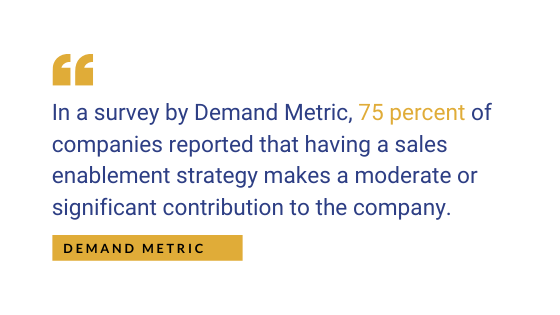
Although sales enablement programs aren’t one size fits all, successful programs have these building blocks in common.
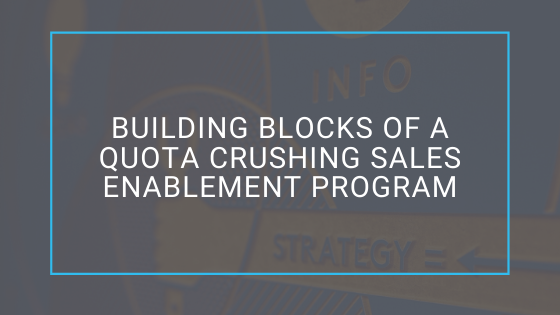
Strategy
A successful sales enablement program almost always starts with a good strategy. In order for a program to make an impact, it needs to be aligned with the needs of your organization, but in order to do that, you need to understand where your team is at today. Your baseline.
- What current challenges is your company facing?
- What are the teams’ pain points?
- Where is there friction in the buying process?
Open dialogue should start to unearth areas of opportunity for team alignment, streamlined processes and content creation.
Sales Enablement Content
There are two key areas when it comes to sales enablement content – content alignment and content management.
Content Alignment
Sales enablement content can be for both internal sales support and for b2b lead generation. Marketers are hyper-focused on the buyer’s journey and who better to bring back information from the front lines than the sales team? Sales can share insights into knowledge gaps, buyer objections, and content performance. Some examples of sales enablement content are:
- Internal Sales Support Content: Product sheets, competitor comparisons, email templates and snippets, one-pagers, presentation support, and social messages.
- Lead Generation Content: Blog posts, white papers, case studies, and videos.
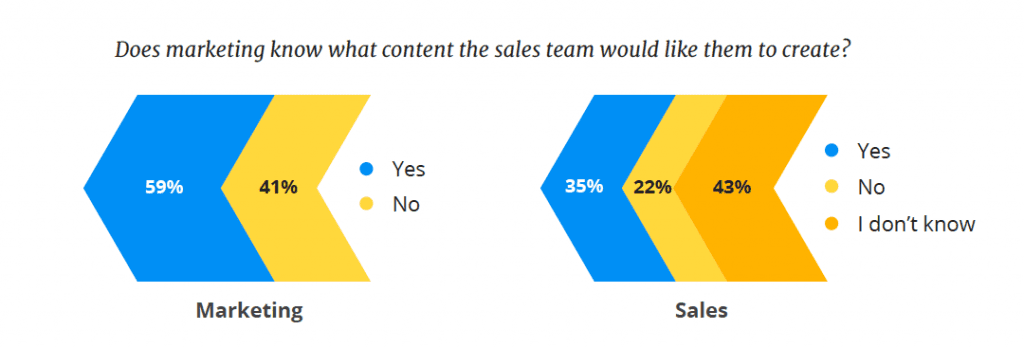
Creating content that is underutilized and undervalued, doesn’t benefit anyone. Aligning your content strategy with buyers to further support sales efforts is a win-win across the board.
Content Management
According to Inc., the average salesperson spends about 440 hours each year trying to find the right content to share with their prospects and customers. Yikes.
Creating the content is only half of it. Take it the extra mile by making the content easily discoverable by sales. This can be as easy as a shared file system, a Google Doc, or as sophisticated as creating trackable documents and leveraging marketing technology. You want your team to spend their time selling, not tracking down assets.
Pro Tip: At Lake One, we do a hybrid approach for sales enablement content that consists of a workbook that we call a “Content Audit” along with trackable sales documents in HubSpot. We often categorize the assets by industry, service area, and persona, for easy lookup.
Sales and Marketing Alignment
The alignment of sales and marketing teams for sale enablement isn’t just necessary- it’s the entire point. When creating your strategy, keep that at the heart of it all. Ultimately, you want to create a symbiotic relationship between both teams. Sales should be communicating their needs and knowledge to marketing as we mentioned. This includes what assets would be most helpful in their sales process as mentioned, but it also includes what feedback they receive from leads, how long their sales process typically takes, etc. At the same time, marketing should be communicating back to sales about up and coming events, relative data points and new assets on the horizon.
You’ll hopefully kick off your strategy creation with a meeting of the minds from both teams, but plan to make this a recurring event. The aim is to have regular check-ins to keep communication open, analyze data, and optimize your efforts.
Learn more about marketing’s role in B2B Sales Enablement
Training & Reinforcement
We understand busy schedules more than anyone, but training and reinforcement is a must and is non-negotiable for making your sales enablement program stick.
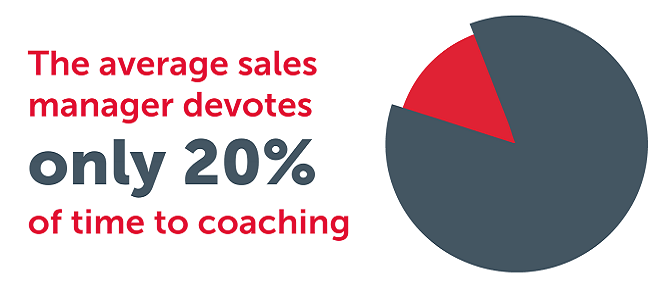
According to the Harvard Business Review, salespeople lose 80 to 90% of what they learn after one month.
Training doesn’t have to be a days-long convention on solution selling. It can be, but it doesn’t have to be. Frequency and consistency are key. Not sure what to train your teams on? Here are a couple of suggestions to help you flush it out.
- Review the team stats. Do you have a stellar performer that is standing out about the rest that could share some pointers with the team? Or is your team performing below industry benchmarks?
- Just ask. Chances are your team has areas that they’d like to improve if given the opportunity.
The Role of Technology in Sales Enablement
According to Forbes, the term “sales enablement technology” refers to a software or system that allows the sales team to access content that is relevant to their target consumer and appropriate for the consumer’s position in the sales funnel. It also makes content accessibility and reporting a heck of a lot easier.
From notifications of initial interest all the way through to closing deals, consider how you want your sales and marketing teams to work together. How can you streamline the process, using technology? Where can you automate a manual process?
The specific role technology plays in your sales enablement program can vary, but will likely consist of a few of these basics.
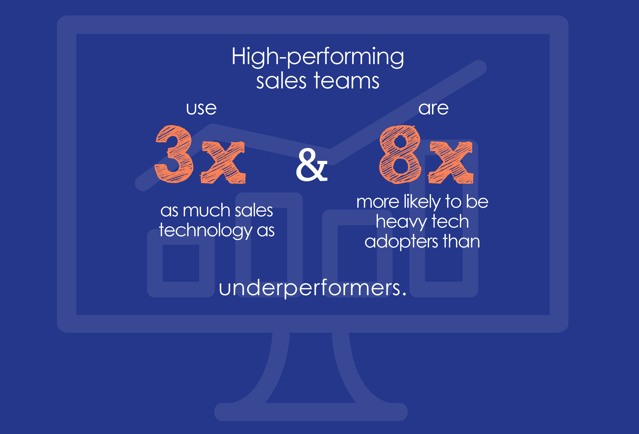
Customer Relationship Management (CRM)
A CRM helps manage and organize your company’s interactions with prospects and clients. It’s your central source of truth for account ownership, account activity, and the state of the state. It’s critical for alignment.
Of course though, CRMs these days aren’t just CRMs. There is an opportunity to integrate your B2B CRM with your marketing automation software. A CRM, like HubSpot does this seamlessly and can bring your sales enablement strategy to the next level because it allows your team to see, nurture, and report on leads. Thorough contact records are kept up to date automatically with the actions leads have taken on your website including things like content downloads, email opens, and page visits. These insights help to bring your content full picture.
Related Reading: Is a HubSpot CRM Right for You? 7 Questions to Consider
Additionally, a CRM allows for progress tracking of sales or deals. It’s really where your sales enablement strategy is able to come to life as a shared information access point for better visibility and better forecasting.
Marketing Automation
Marketing automation is the use of technology to automate elements of your sales and marketing processes. It’s the clincher in a sales enablement strategy and how you can make the most out of your CRM. Marketing automation can be used to aid in prospecting, lead nurturing, sales follow up and streamlining internal processes.
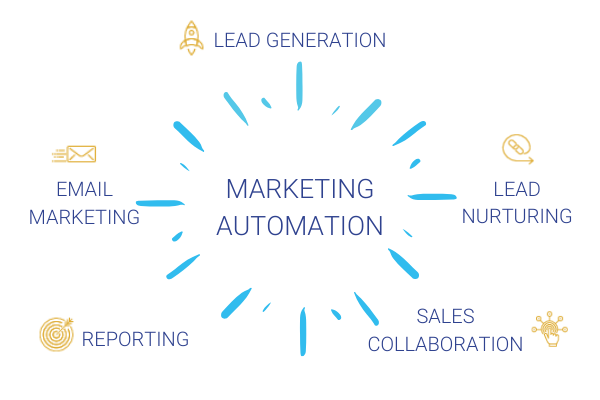
Related Reading: Sales & Marketing Automation: What it is & what it can do for B2B
Getting Your Sales Enablement Program Started
Now that you know the basics, here are a few tips for getting started.
- Start with the end in mind. Know your goals and work backward, determining which levers you can pull to make an impact.
- Don’t develop your strategy in a vacuum. Sales enablement is a team effort so make sure you have buy-in and agreement from key stakeholders.
- Progress over perfection. You’re going to have bumps and you’re going to face challenges. That’s okay! We’re big believers in learning as you go and going forward.
If you’re considering building a sales enablement program, we’d love to chat. Contact us.

